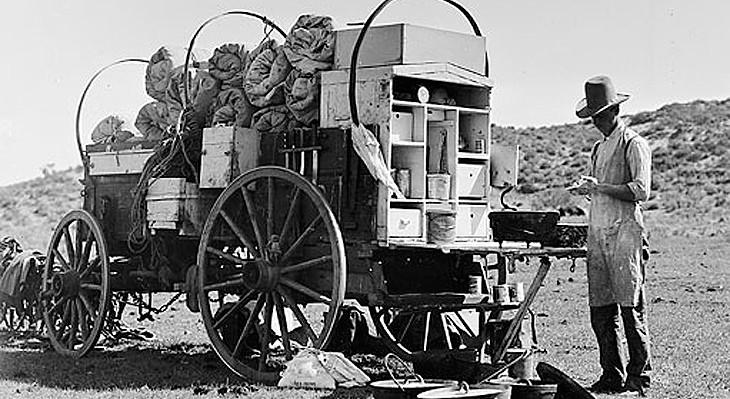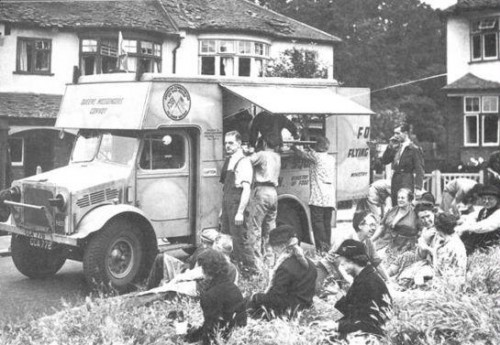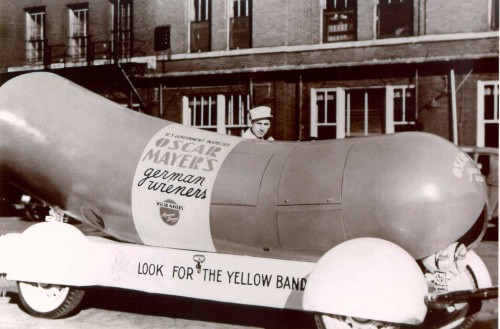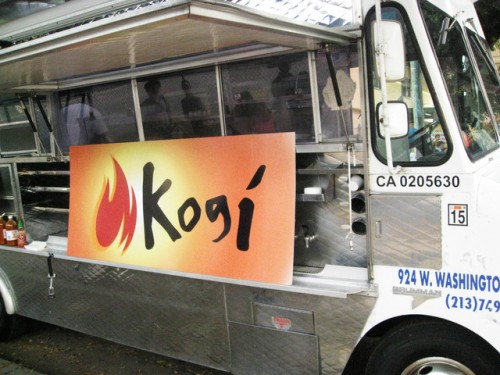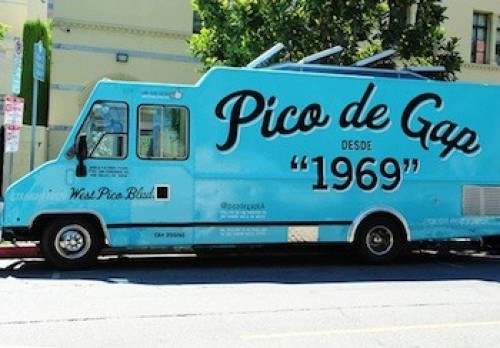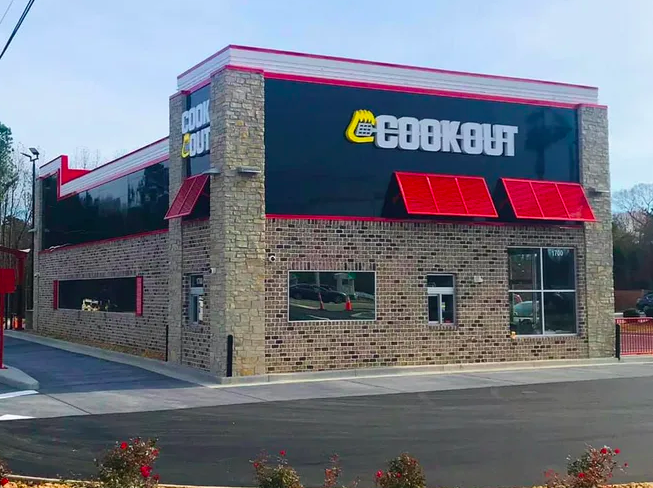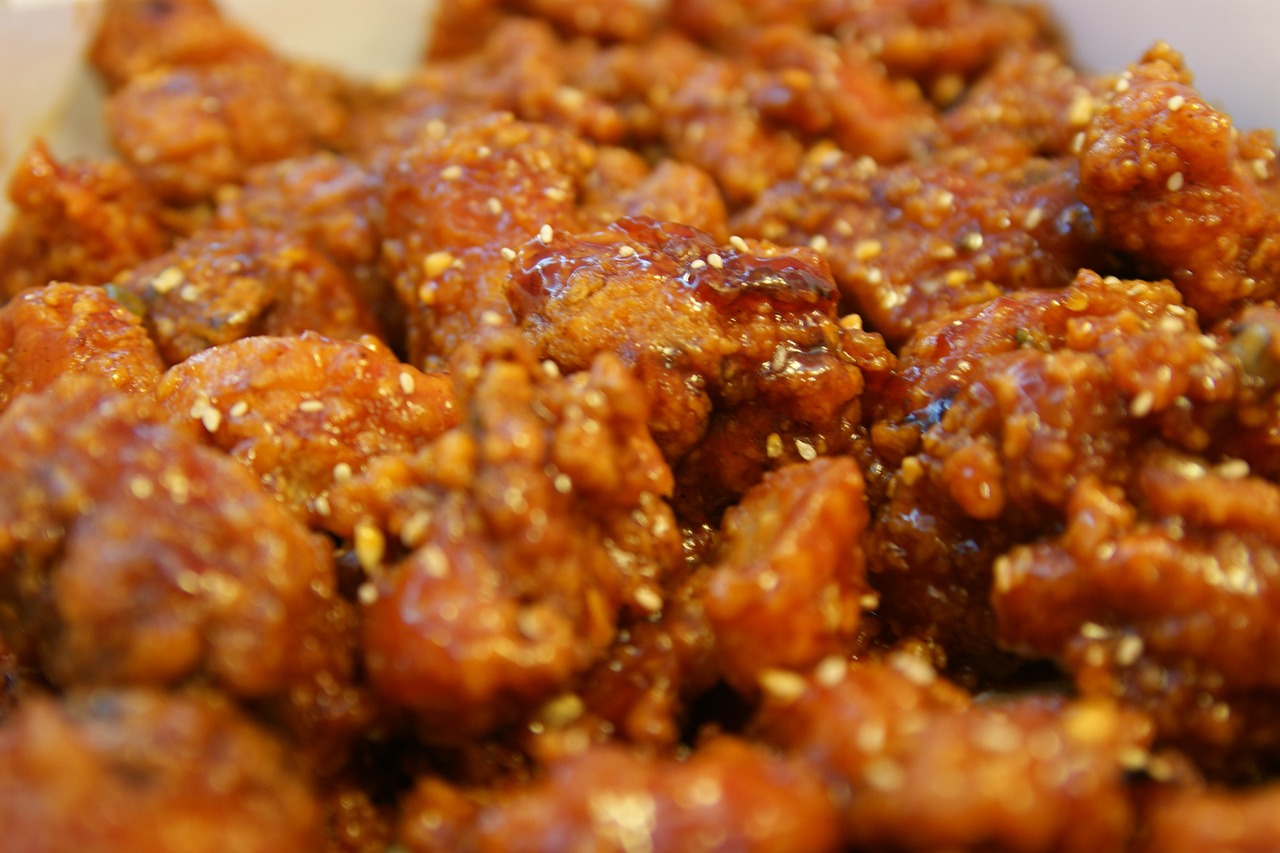The history of American food trucks dates back many years as mobile dining and street food have been part of American’s dining habits since the late 17th century where it could be found in many of the larger cities on the east coast. Since then, food trucks have taken a front seat in the world of American street food and are part of an ongoing food revolution.
A brief history of the mobile food industry in the United States:
1691 – New Amsterdam (now known as New York City) begins regulating street vendors selling food from push carts.
1850’s – Dining cars begin feeding cross country train passengers.
1866 – The Chuck wagon is invented by Charles Goodnight to feed cattlemen and wagon trains traversing the old West.
1872 – The first diner is setup in a horse-drawn freight wagon.
1894 – Sausage vendors sell their wares outside the student dorms at major eastern universities (Yale, Harvard, Princeton, and Cornell), and their carts became known as “dog wagons”.
1917 – The US Army mobile canteens (field kitchens) begin to feed the troops.
1936 – Oscar Mayer rolls out the first portable hot dog cart The Weiner Mobile.
1950’s – Ice cream trucks begin selling their frozen treats.
1960’s – Roach coaches make their presence known to construction sites around the country.
1974 – Raul Martinez converted an old ice cream truck into the nation’s first taco truck and parked it outside of an East Los Angeles bar.
1980’s – Grease trucks begin parking on Rutgers University in New Brunswick, NJ selling “Fat Sandwiches” to college students.
2004 – The Street Vendor Project creates the Vendy Awards. A competition that identifies and celebrates NYC’s best street food vendors.
July 2006 – Wikipedia adds “food truck” to their list of entries including the history of food trucks around the world.
November 2008 – Kogi BBQ hit the streets of Los Angeles selling Asian infused tacos. January 2010 – Southern California Mobile Food Vendors Association (SoCalMFVA) is created, becoming the first organization created to protect the rights of gourmet food truck owners.
May 2010 – National Restaurant Association dedicates 1,500 square feet to food truck exhibits at its annual convention in Chicago.
August 2010 – The Great Food Truck Race marks the first television program centered on the mobile food industry.
September 2010 – Mobile Cuisine (mobile-cuisine.com) becomes the first website to provide coverage of the mobile food industry nationally.
September 2010 – The US government adds “Tips for Starting Your Own Street Food Business” to its small business website business.gov.
October 2010 – The prestigious Zagat guide announces that in 2011 they will begin to provide reviews of food trucks.
November 2010 – Los Angeles starts ranking food trucks with letter grades like restaurants.
January 2011 – President Barak Obama “Tweets” that his favorite food truck in Washington DC is D.C. Empanadas.
June 2011 – NY issues the first limited liquor license to the Pera Food Truck.
August 2011 – The Gap launches a nationwide ad campaign marketing a retro style jean with the use of a food truck.
February 2012 – Food Trucks serves NFL Superbowl Fans in Indianapolis. Street food has been available to Americans for several hundred years, and food trucks have been serving up tasty treats for over two decades, so the basic concept is nothing new. Yet, as you can see, the food truck has taken on new meaning as the mobile food industry continues to morph.
June 2014 – The National Food Truck Association is formed creating the first national association of food truck associations.
August 2014 – The movie “Chef” is released. This Jon Favreau movie’s plot is centered around a chef who loses his restaurant job starts up a food truck in an effort to reclaim his creative promise, while piecing back together his family.
Fun video on the history of American food trucks from history.com

